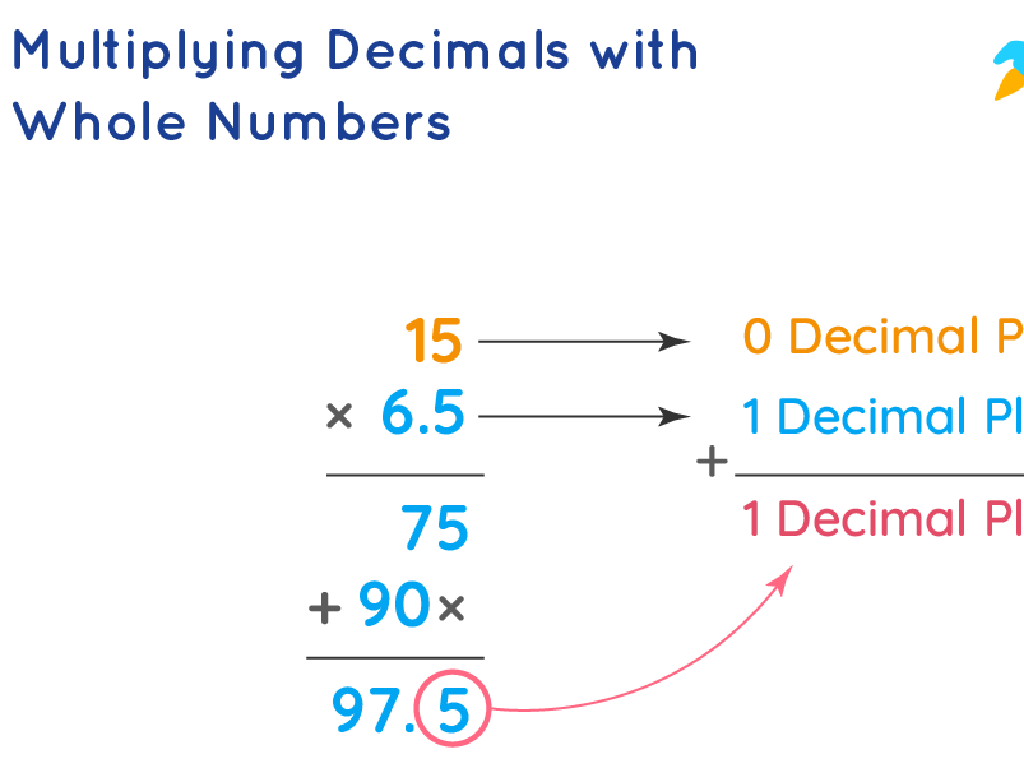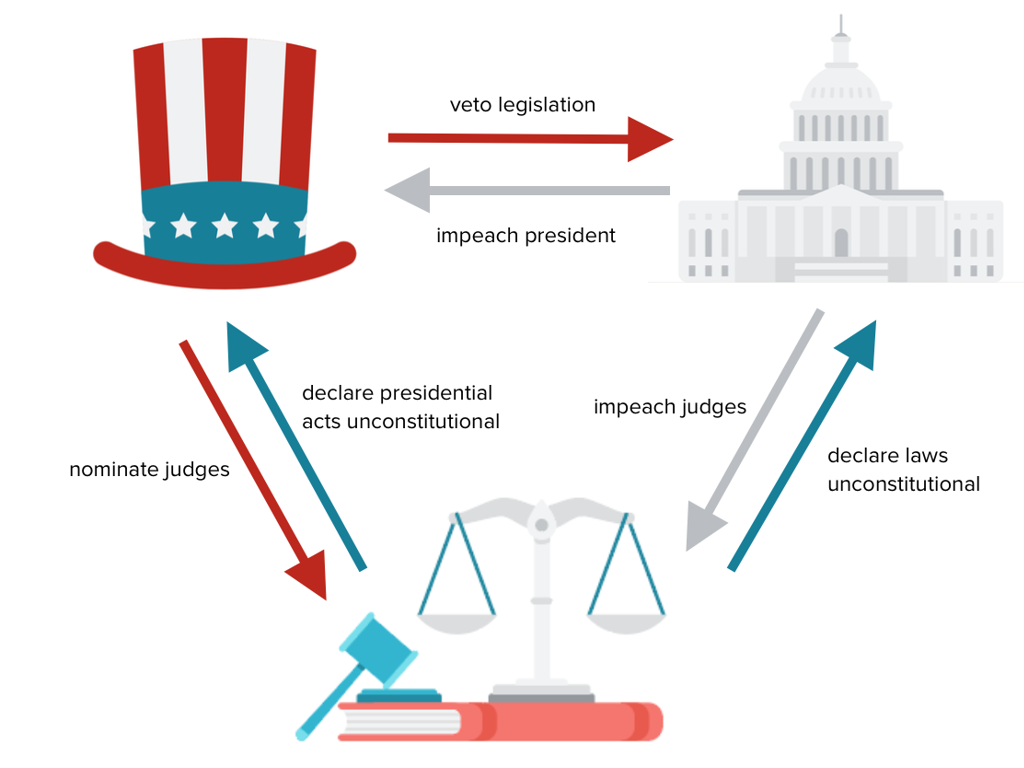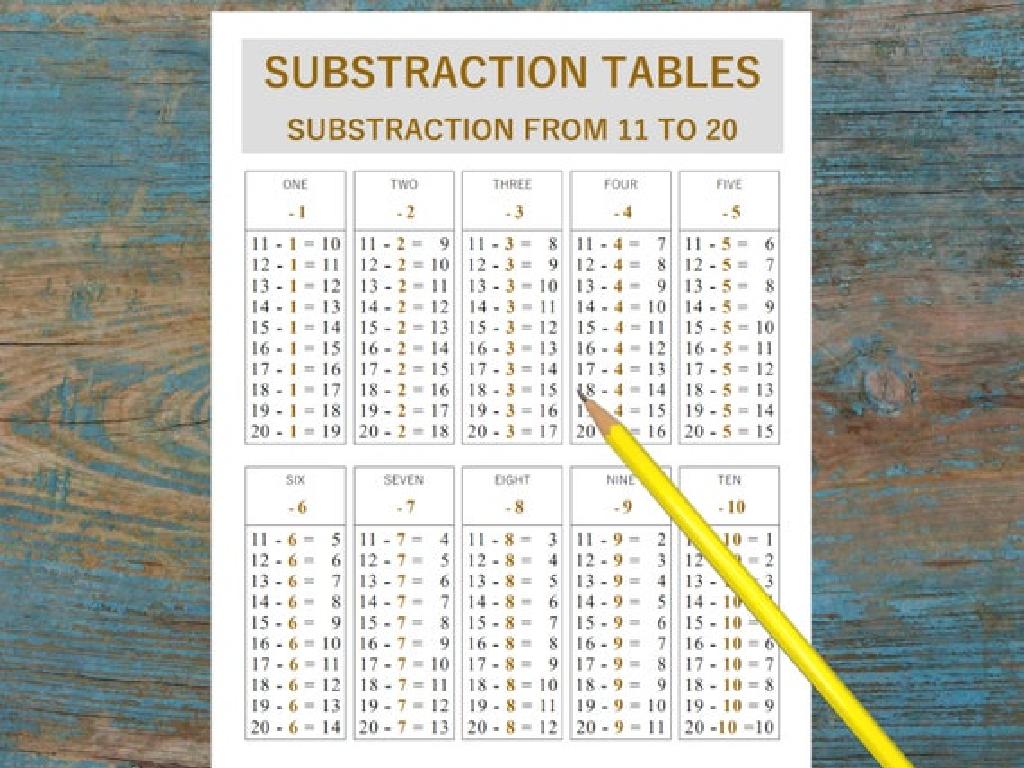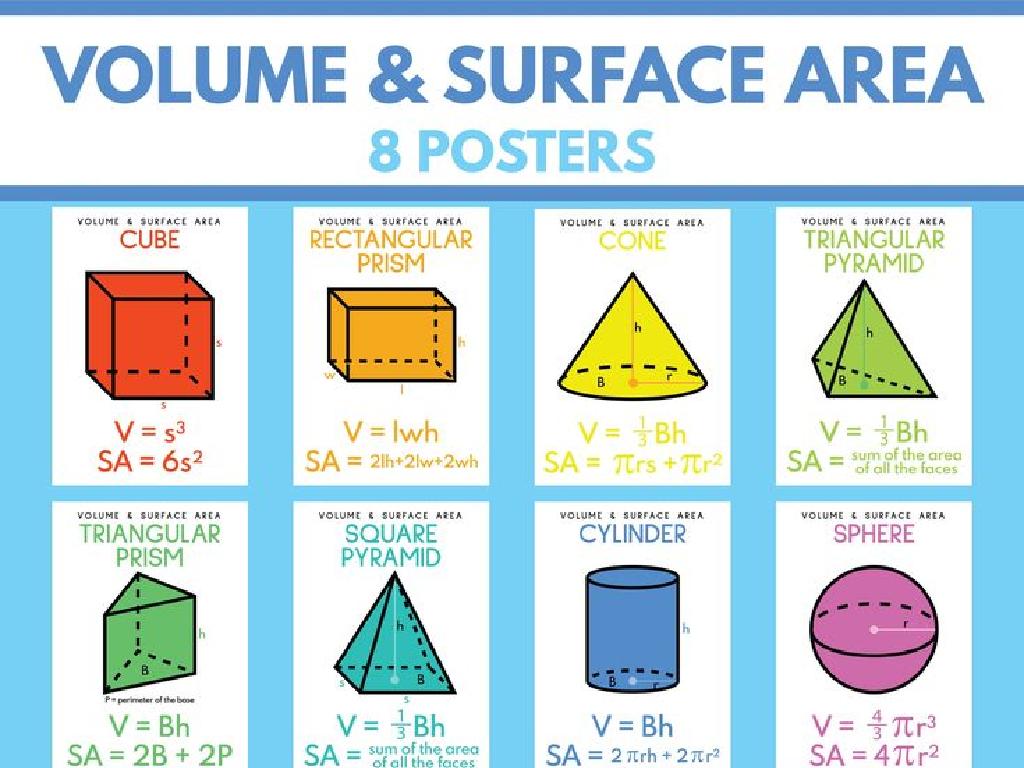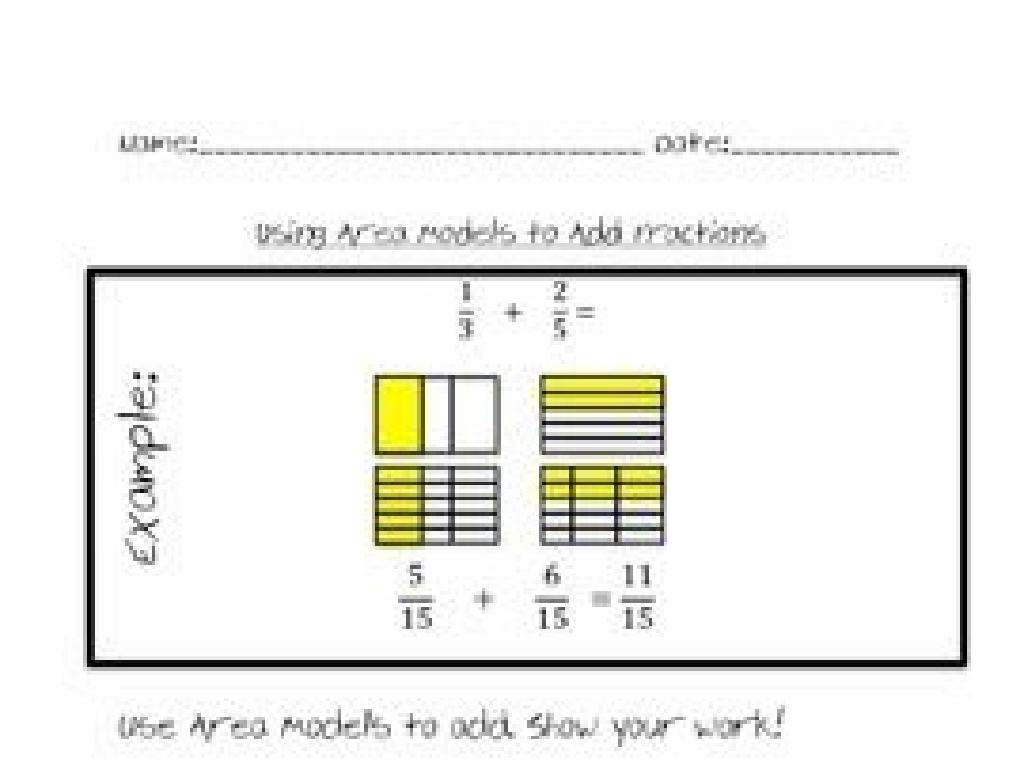Name Countries Of Europe: Review
Subject: Social studies
Grade: Eighth grade
Topic: Europe: Geography
Please LOG IN to download the presentation. Access is available to registered users only.
View More Content
Exploring European Geography: Countries of Europe
– Europe’s diverse landscape
– Europe is a continent with varied geography, cultures, and climates.
– Recap: European geography basics
– We reviewed physical features, climate zones, and cultural regions.
– Today’s goal: List European countries
– We’ll identify all 44 countries and their capitals on the map.
– Engage with Europe’s map
– Use a map of Europe to locate and name each country.
|
This slide is designed to transition students from a general understanding of European geography to a more specific task of naming the countries within Europe. Begin with a brief discussion on the diversity of Europe’s geography, touching on the different landscapes, cultures, and climates found across the continent. Recap the previous session, ensuring students recall the key geographical features discussed. The main activity for today involves students identifying and naming all 44 countries in Europe, along with their capitals. Encourage students to engage with a physical or digital map of Europe to aid in this exercise. This will help solidify their geographical knowledge and prepare them for more in-depth studies of individual countries and regions.
Exploring Europe’s Geography
– Overview of Europe’s terrain
– Europe has diverse landscapes, from mountains to plains.
– Significance of geographical knowledge
– Understanding geography aids in grasping political and economic dynamics.
– Geography’s impact on culture
– Cultural practices often arise from geographical conditions.
– Geography shaping history
– Historical events are frequently influenced by the geographical layout.
|
This slide aims to give students a summarized understanding of how Europe’s varied physical features have played a crucial role in shaping its countries. Highlight Europe’s diverse terrain, including the Alps, the Mediterranean, and the vast plains of the east. Emphasize the importance of geographical knowledge in understanding current events, trade, and international relations. Discuss how geography influences cultural identity, cuisine, and traditions. Finally, illustrate how geography has impacted historical events such as wars, exploration, and the development of civilizations. Encourage students to think of examples where geography has influenced cultural or historical outcomes.
Exploring Western Europe
– List Western European countries
– France, Germany, Spain, etc.
– Locate countries on a map
– Use a map to find each country’s location
– Share interesting country facts
– E.g., France is famous for the Eiffel Tower and cuisine
– Discuss cultural significance
– How history and culture shape national identity
|
This slide is the beginning of a review on the countries of Europe, starting with Western Europe. Provide students with a list of Western European countries and have them identify each country on a map. This reinforces geographical literacy. Share interesting facts about a few countries, such as historical landmarks, cultural cuisine, or notable figures, to pique students’ interest. Discuss the cultural significance of these countries and how their history and culture contribute to their national identity. Encourage students to think about how geography can influence culture and history. This activity will help students better remember each country and its unique characteristics.
Exploring Eastern Europe
– List Eastern European countries
– Countries include Poland, Hungary, Romania, etc.
– Map locations of these countries
– Find countries like Ukraine, Belarus on a map
– Discuss cultural uniqueness
– Explore traditions, languages, and cuisines
– Engage with Eastern Europe’s diversity
|
This slide aims to familiarize students with the countries of Eastern Europe, their geographical locations, and their rich cultural heritage. Start by listing the countries and then showing their positions on the map to help students visualize where each country is situated. Discuss the unique cultural aspects, such as traditional dances, languages, and typical dishes from countries like Poland, Hungary, and Romania. Encourage students to think about the diversity within Europe and how geography can influence culture. This will not only enhance their geographical knowledge but also their appreciation for cultural diversity.
Exploring Northern & Southern Europe
– Match countries with capitals
– Connect Oslo to Norway, Athens to Greece, etc.
– Diversity in Northern Europe
– Languages, climate, and cultural practices
– Diversity in Southern Europe
– Historical influences, cuisine, and architecture
– Review and discussion
|
This slide aims to review the countries of Northern and Southern Europe by engaging students in a matching activity of countries with their capitals. Emphasize the diversity within these regions by discussing the different languages, climates, and cultural practices in Northern Europe, and the historical influences, cuisine, and architecture that characterize Southern Europe. Encourage students to think about how geography influences culture and history. The review and discussion should reinforce their knowledge and allow them to share insights or ask questions about the similarities and differences between these regions.
Flashcard Challenge: European Countries
– Engage in an interactive flashcard game
– Pair up for a review challenge
– Identify countries by landmarks or flags
– Eiffel Tower for France, Colosseum for Italy
– Test each other’s knowledge
|
This slide introduces a class activity designed to review the names of European countries in a fun and interactive way. Students will be paired up and given a set of flashcards, each depicting a famous landmark or flag from different European countries. They will take turns showing their partner a flashcard, and the partner must guess the country it represents. This activity encourages teamwork, reinforces visual memory, and helps students associate landmarks and flags with their respective countries. Teachers should prepare flashcards in advance and ensure each pair has a complete set. They can consider variations of the game, such as timed rounds or awarding points for correct answers to add a competitive element.
Map Labeling: Countries of Europe
– Label a blank map of Europe
– Individual assessment activity
– Focus on neatness and accuracy
Ensure labels are clearly written and placed correctly
– Reflect on knowledge retention
Consider what you’ve learned about European geography
|
This class activity is designed to assess students’ knowledge retention of European countries. Provide each student with a blank map of Europe and have them label each country accurately. This activity should be done individually to gauge each student’s understanding. Emphasize the importance of neatness and accuracy in their labeling, as this will help in memorizing the countries’ locations. After the activity, encourage students to reflect on what they’ve learned about European geography and discuss any areas where they felt challenged. This will also help you identify topics that may need further review in future classes.
Europe: A Continent of Diversity – Review & Homework
– Recap of European countries
– Homework: Create a country fact file
– Choose any three countries from Europe and research key facts
– Include 3 European countries
– Facts may include capital, population, language, etc.
– Upcoming quiz reminder
|
As we conclude today’s lesson, remind students of the vast number of countries in Europe and their unique characteristics. For homework, students should select three European countries and create a detailed fact file for each, including information such as the capital city, official language, population, and other interesting trivia. This task will help reinforce their knowledge and prepare them for the upcoming quiz. Encourage creativity in their presentation of facts. In the next class, we will have a quiz covering the countries of Europe, so students should review their notes and ensure they are familiar with the names and locations of all the countries discussed.

